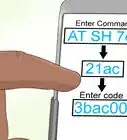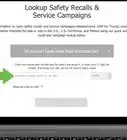This article was co-authored by Duston Maynes. Duston Maynes is an Automotive Repair Specialist at RepairSmith. Duston specializes in leading a team that handles a variety of automotive repairs including replacing spark plugs, front and rear brake pads, fuel pumps, car batteries, alternators, timing belts, and starter motors. Duston holds an Associate’s degree in Automotive/Diesel Technology from The Universal Technical Institute of Arizona and is a Certified Diagnostic Technician and Automobile Mechanics Technician through BMW STEP. RepairSmith received The 2020 Big Innovation Award by Business Intelligence Group and The Startup of the Year by the American Business Awards. RepairSmith was also included in Built in LA’s 50 Startups to Watch and The Business Intelligence Group’s 52 Names Leading the Way in Customer Service. RepairSmith offers in-home services to provide car owners convenient and complete auto repair everywhere.
This article has been viewed 206,412 times.
You may have just gotten your own Toyota Prius, or you are considering buying one. Most people consider buying these because of their excellent gas saving ability. Yes, this car can save you gas-if you operate it correctly. This article will describe some of the steps in how to drive this vehicle to achieve the best gas mileage (mpg) for your Toyota Prius.
Steps
Following Prius-Only Steps
-
1Drive at slower speed when possible. Try to take routes that have long stretches with few stops with speed limits of at least 30–35 mph (48–56 km/h).
- At speeds less than 45 mph (72 km/h), when you reach speed, remove your foot from the accelerator pedal, this turns off the gasoline engine. Slowly depress the accelerator pedal to maintain your speed while keeping the indicator below the ECO line.
-
2Pick the least windy route you can find. The Prius is streamlined for head-on gusts and tail-winds.Advertisement
-
3Glide or coast down any hill you encounter.
-
4Avoid cold starts. A Prius will get its poorest gas mileage until it has warmed up several minutes after starting it.
-
5Combine errands to reduce the number of warm-ups you'll do to your vehicle.
-
6Use your Prius on warmer days rather than on cold when possible. The air is less dense and will produce less air resistance.
-
7Avoid rush-hour traffic. It's torturous with any car, and with the Prius, all the stops and starts to waste gas.
-
8Try to avoid driving during rainstorms or snowstorms, or where the roads have become a slushy mess.
-
9Check the owners manual to find the proper inflation for each tire. Try to maintain this pressure, plus 2 PSI at all times. Never use the pressure stated on the tire sidewall, as this is a maximum inflation pressure for the tire, without consideration to what type of car it is mounted on!
-
10Follow your car manual when determining the gas you use to fill up your vehicle. For the 2014 Prius you should use 87 octane rating or higher.
-
11Be aware of the road conditions. Take your foot off the accelerator as soon as you know you'll need to to slow down or stop. Put your car into "Glide" mode under these circumstances.
- Create space between your car and the car in front of you, to give yourself time to stop and coast.
-
12Use the Energy display to watch the direction of the arrows. This alone will show you the direction of what part of your car's system is powering the other. Monitor it.
- Drivers get the best mileage when they are able to read changes in the display. By pressing on the accelerator and brakes to move energy from the gasoline engine to the wheels and/or batteries-or to get all the arrows to disappear. This form is called glide mode.
-
13Accelerate steadily from a standstill in slow traffic conditions of less than 25 mph (40 km/h). In other conditions, accelerate quickly until at speed then maintain your desired speed.
- Lift your foot slightly and reapply your foot after a few seconds until the Energy display shows energy going to the wheels and battery. This is an especially critical tool to use when you find you need energy (such as at night with the battery at a low charge).
-
14Push the accelerator pedal quickly downwards when you need to accelerate onto a highway or when needing to speed up quickly. The battery power will assist the engine, thereby reducing your gas use.
-
15Set cruise control on highways to 55 mph (89 km/h) to get the best results.
- For every mph over 55 mph (89 km/h), you loose approximately one mpg.
-
16Learn the art of braking by using the glide,coast, regenerative braking and mechanical braking measures.
-
17Use the all electric mode sparingly, such as when you move the vehicle from one part of the driveway to the other.
-
18Avoid using your air condition and heating system, as much as you can stand. Use the vent system along with the fan's temperature to properly control the vehicle's temperature. Try not to use the "Max" setting, at all costs. Turn off the heating, cooling, lights and all other electric accessories, as much as possible.
- On hot days, set the air conditioning two degrees lower than the outside temperature, or to 85 (whichever is lower).
- On cold days, once the cabin is at a comfortable temperature, turn off the climate control. At highway speeds it will maintain that temperature purely by the air rushing into the car's interior.
-
19Try to use cruise control for most travel situations. It works well on flat roads, and is excellent on non-congested higher-speed highways.
- Cruise control is not good in hilly terrain, or where uphills produce aggressive driving and too much regenerative braking on downhills. Give the car a little push on the accelerator when you disengage regenerative braking.
-
20Decrease the number of times you brake. The Prius does a good job stopping quickly, coast more than stop whenever possible, thereby decreasing the amount of gas you use. Follow road signs, but hold off on braking until the last few moments.
- Just like you learned when you first learned to drive an automatic car: Never, under any circumstances, keep your foot on the brake and accelerator pedal at the same time.
Utilizing Steps for All Cars (Including the Prius)
-
1Change your oil every 5000 miles[1] .
-
2Change your air filter every 30000 miles[2] .
-
3Avoid the use of your car's roof-rack, if it is supplied with one.
-
4Change your spark plugs every 100000 miles[3] .
-
5Clean your fuel injector system every 3,000 miles (4,800 km).
- Don't mess with your fuel injectors at home—only trained professionals should be opening the fuel system.
-
6Try to keep your acceleration steady. Don't put the "pedal-to-the-metal" the second the light changes from red to green, or when entering the freeway and/or passing that slow car in your lane.
-
7Get a front end alignment every once in a while.
-
8Make sure to have your car inspected every year in states that have inspection laws. Keep your car tuned, engine and transmission fluids at the proper level, and all other areas cleaned (inside and out).
Community Q&A
-
QuestionWhen do I use EV eco-mode in my car?
 Community AnswerVery rarely. It is useful when moving from one end of a parking lot to another, but not much more than that. You can only go about a mile or so at speeds below 25 miles per hour and no heavy acceleration.
Community AnswerVery rarely. It is useful when moving from one end of a parking lot to another, but not much more than that. You can only go about a mile or so at speeds below 25 miles per hour and no heavy acceleration. -
QuestionHow do I put the gas price into the computer?
 Community AnswerThere are two methods. When you first turn the car on after fueling, use the right buttons (Disp/Trip) to adjust the price. Alternatively, you can use the Disp button to get to settings, hold the Disp button, press Disp once, hold Disp, and then adjust price by pressing Disp/Trip. After 5 seconds, it will be set.
Community AnswerThere are two methods. When you first turn the car on after fueling, use the right buttons (Disp/Trip) to adjust the price. Alternatively, you can use the Disp button to get to settings, hold the Disp button, press Disp once, hold Disp, and then adjust price by pressing Disp/Trip. After 5 seconds, it will be set.
Things You'll Need
- 1 or more Toyota Prius cars
- proper maintenance on the car
- knowledge of the Energy optimization screen's information
- ability to use Cruise control and many other of the different features of car
References
About This Article
To get the best gas mileage from your Toyota Prius, limit the amount you press down on the accelerator. When you reach the speed limit, try taking your foot off the accelerator and let the car glide. You can also change your driving based on your Energy display to get better mileage. For example, if the Energy display shows that the car’s energy isn’t moving to the wheels and battery, lift your foot off of the accelerator to redirect it. For more information on getting the best gas mileage from your Toyota Prius, like how to set cruise control, read on!
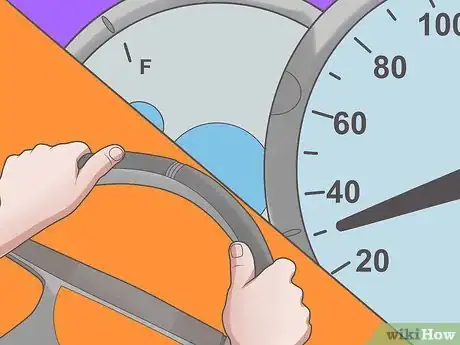
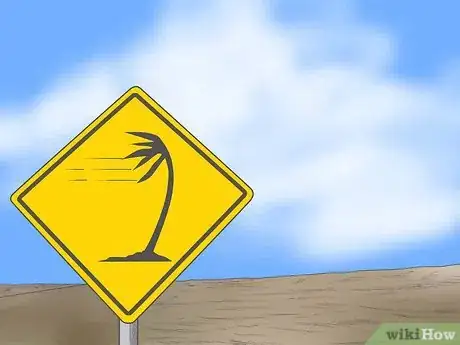
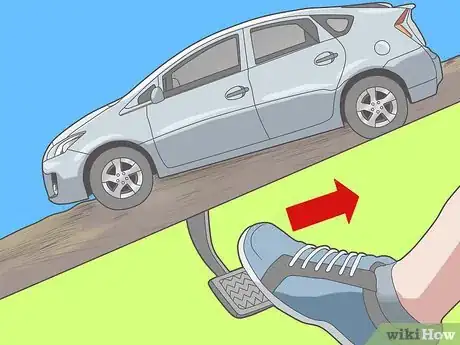

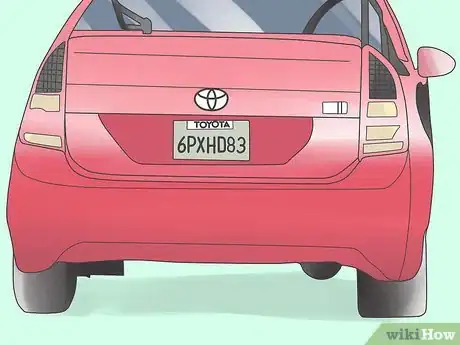

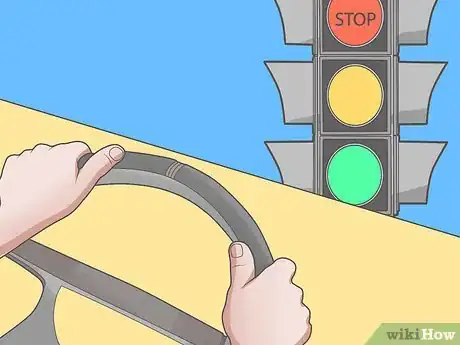
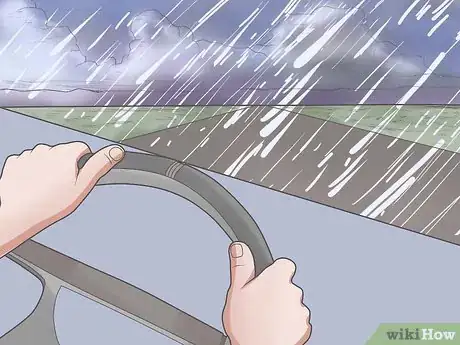
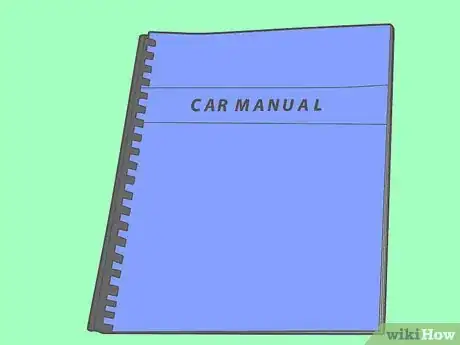
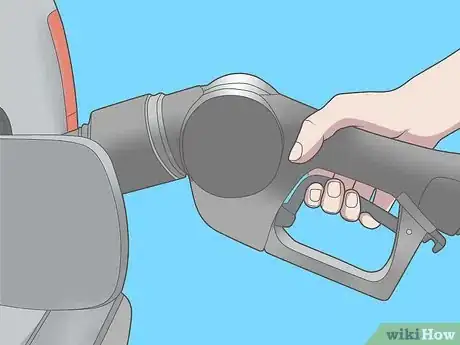

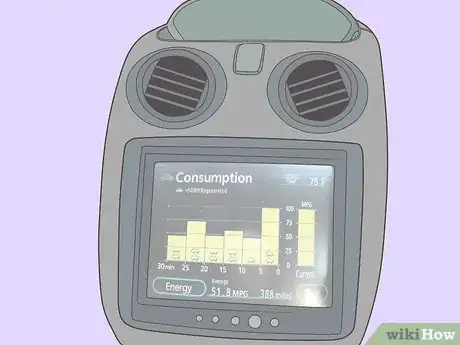
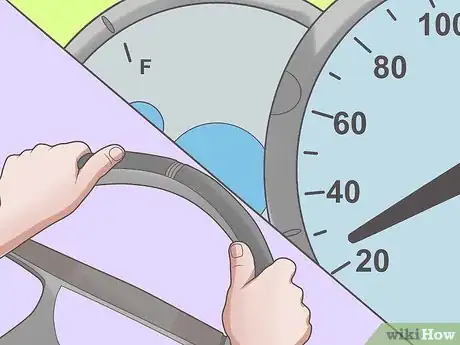
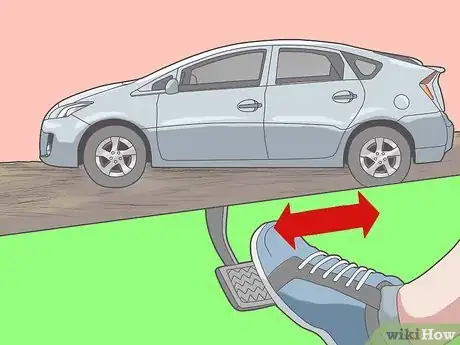

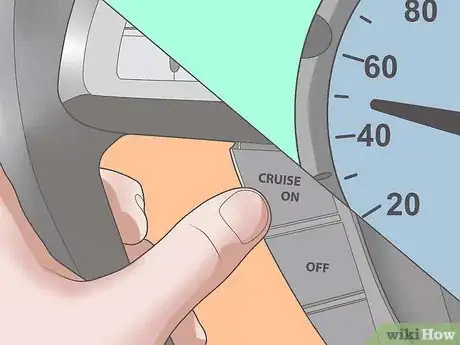
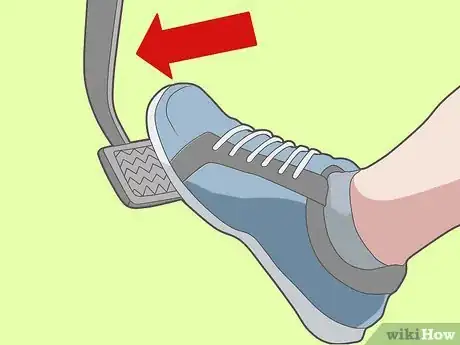


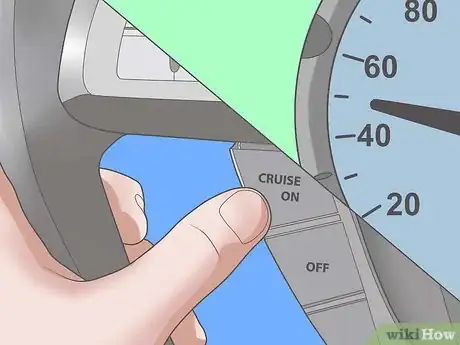
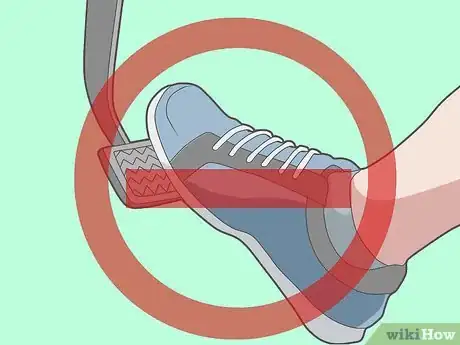
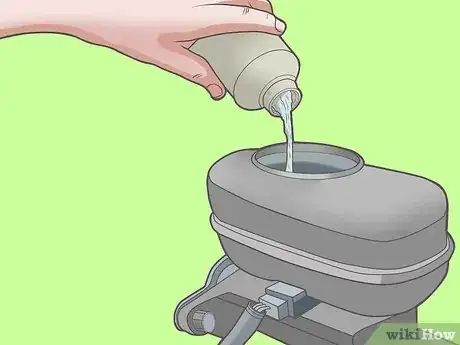
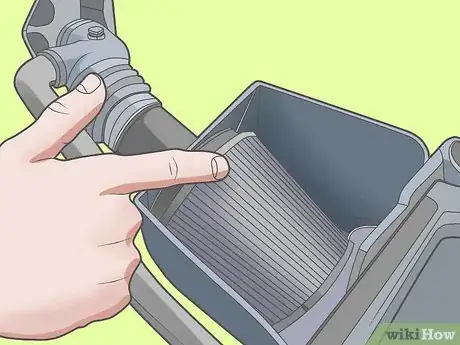

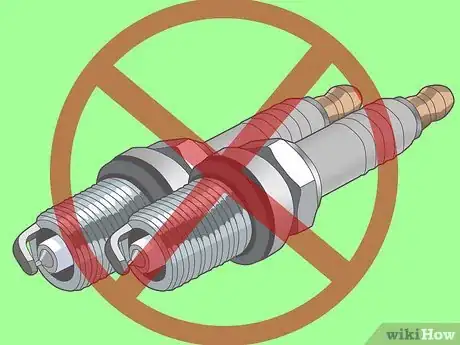
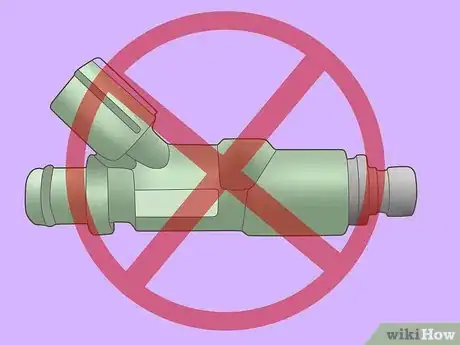
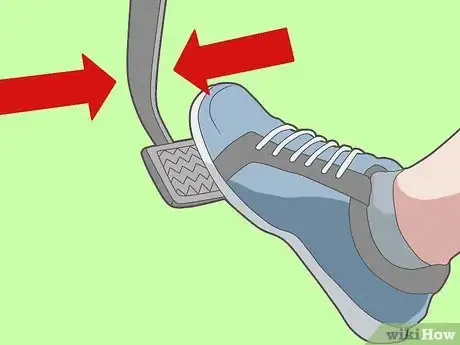
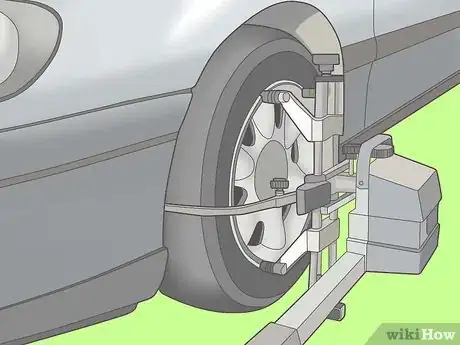

-Step-13-Version-2.webp)
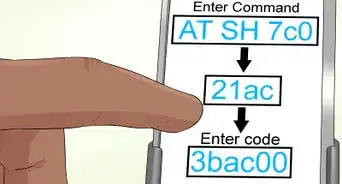
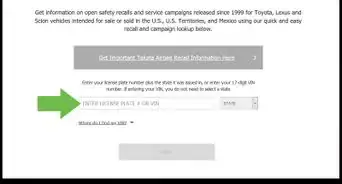
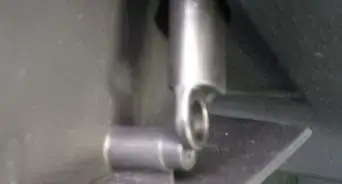


-Step-27.webp)

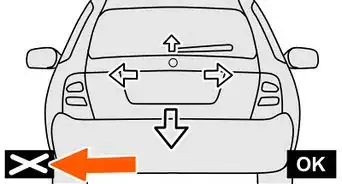
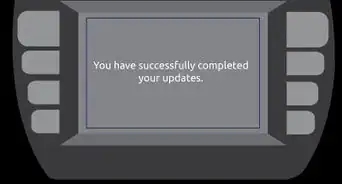








-Step-13-Version-2.webp)
